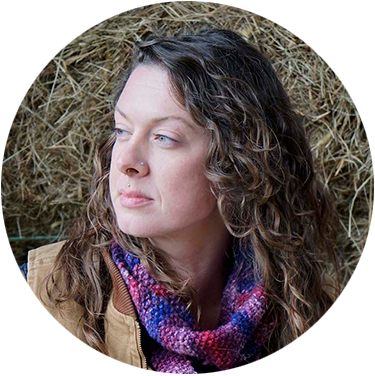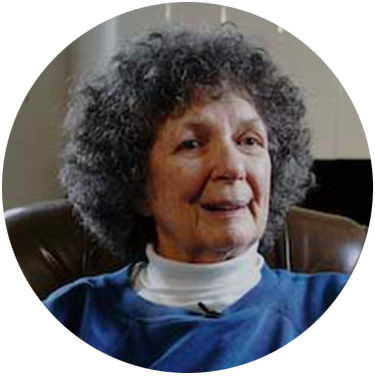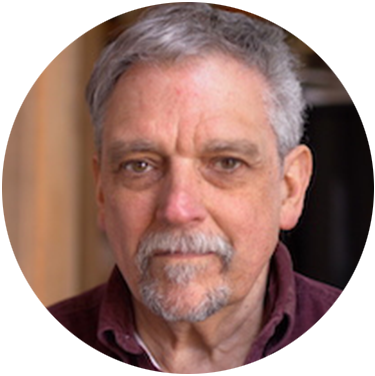
in·ten·tion·al com·mu·ni·ty
noun/ inˈten(t)SH(ə)n(ə)l kəˈmyo͞onədē/
A group of people who live together or share common facilities and who regularly associate with each other on the basis of explicit common values.
Science tells us that human beings are, by nature, cooperative. Experience tells us that living together can be complicated.
As humans have evolved, so has our need for community. Banding together has helped our species survive. Regardless of its name— commune, moshav, eco-village, kibbutz, co-housing or intentional community— outsiders generally view alternative living situations with suspicion or misunderstanding.

Sasha Sigetic
—
Black Locust Collective

Badger Johnson
—
Black Locust Collective

Marty Zinn
—
Currents

Eddie Kruse
—
Currents
Click on the portraits of four community members to listen to them describe what an being a part of an intentional community means to them.
Click on a location to learn more about it.
In Athens, a progressive college town in the rural hills of Southeast Ohio, the tradition of creating community continues to thrive. Whether drawn together by ideology or pragmatism, the practice of strangers living together in intentional communities’ flourishes in many rural and semi—rural spaces. There is a symbiotic relationship between the needs and makeup of local towns and the skills of the community members.
We’ve focused on three intentional communities that illustrate how these alternative societies begin: the challenges they face, how they can flourish, and how they sometimes cease to exist.